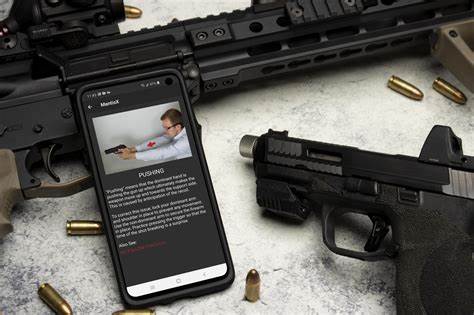
7 Brigade Undergo MantisX Trials
Personnel from 7 Brigade of the Australian Defence Force (ADF) are currently engaged in a four-week training initiative to evaluate the effectiveness of the MantisX training system for Australian military use. The MantisX system is designed to enhance firearm proficiency and attaches to various firearms like pistols, rifles, and shotguns. Similar to dry fire training tools, it monitors each shot and generates useful data to enhance accuracy.
Utilizing a sensor affixed to the weapon, MantisX tracks barrel movement, trigger pull, and weapon stability, providing users with scores and barrel vectors for each shot, akin to the Weapon Training Simulation System. Warrant Officer Class Two Mark Biviano of Land Combat Faculty initially acquired a MantisX in 2016 to enhance his competitive pistol shooting skills and recognized its potential for military applications. In 2019, he conducted a proof-of-concept program with MantisX at 13 Brigade, noting the rapid improvement among users due to its immediate feedback mechanism.
Biviano’s initiative caught the attention of Jemma Coleman from the Defence Science and Technology Group (DSTG), who acknowledged the system’s potential to enhance training effectiveness. Coleman highlighted the importance of considering human factors in weapon design and training, noting that existing trials often overlook such aspects.
The trial, commencing on April 22, involves soldiers from non-combat corps, combat corps, and infantry groups. It begins with baseline dry and live fire assessments, followed by a training program focusing on dry firing with MantisX feedback. Post-training, participants will undergo reassessment to gauge improvements in live fire abilities. Additionally, the trial incorporates high-speed motion capture to analyze body and weapon movements.
Funded through the LAND 159 weapons replacement program, the trial explores how dry fire training can mitigate the costs and resource requirements associated with live firing while still facilitating skill enhancement. Furthermore, it aims to investigate soldiers’ information processing and response mechanisms during room clearances, emphasizing the concept of “perception-action coupling.”




